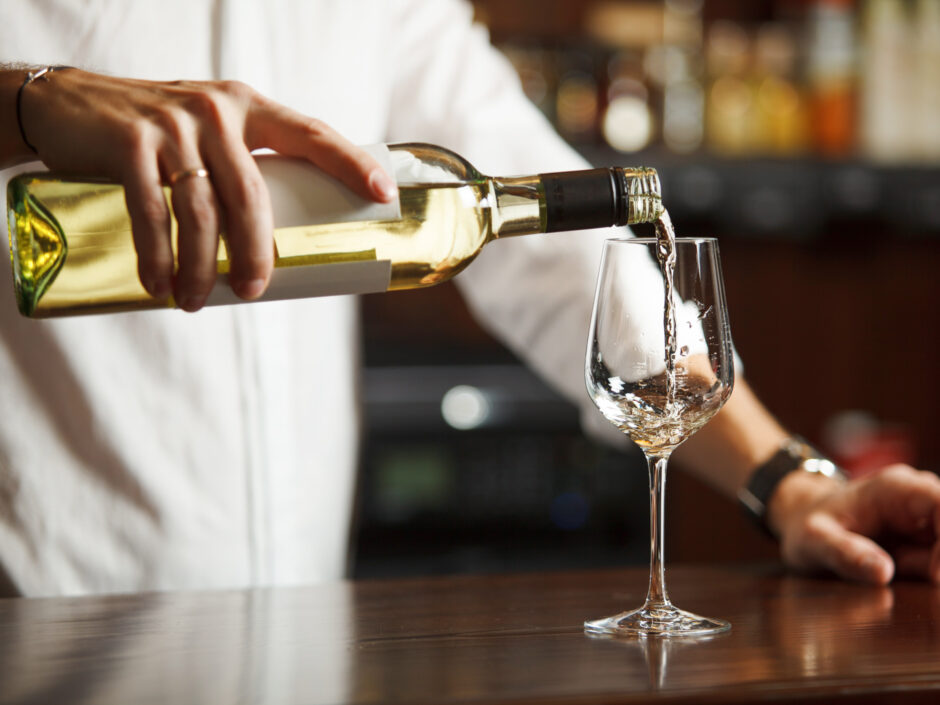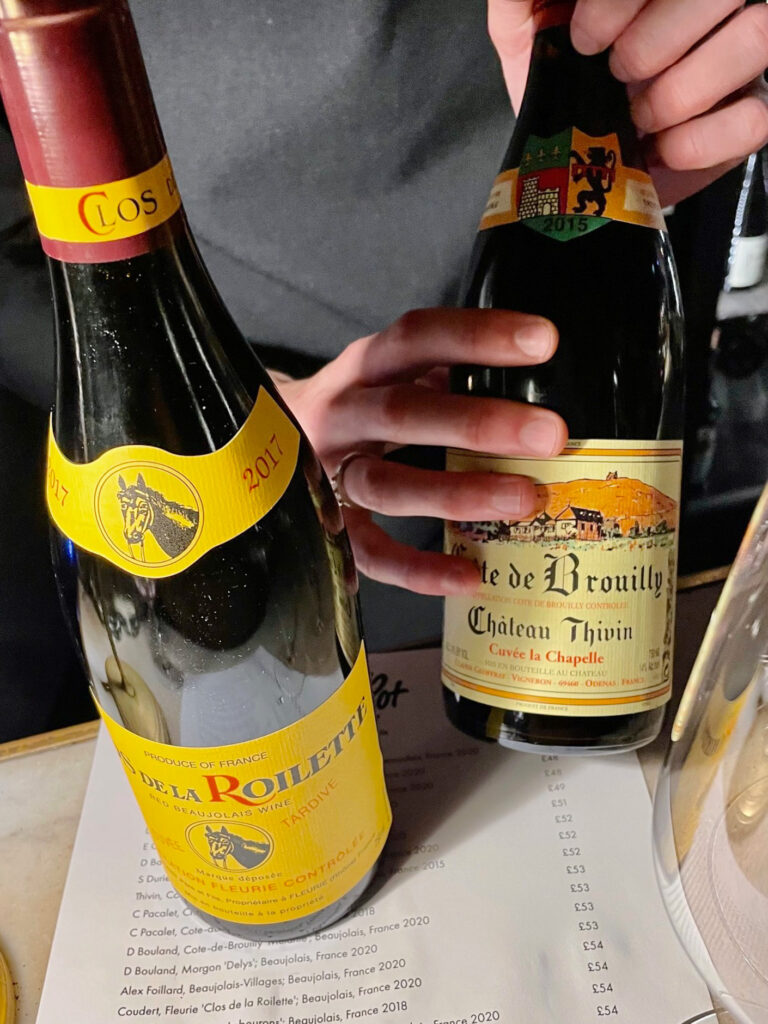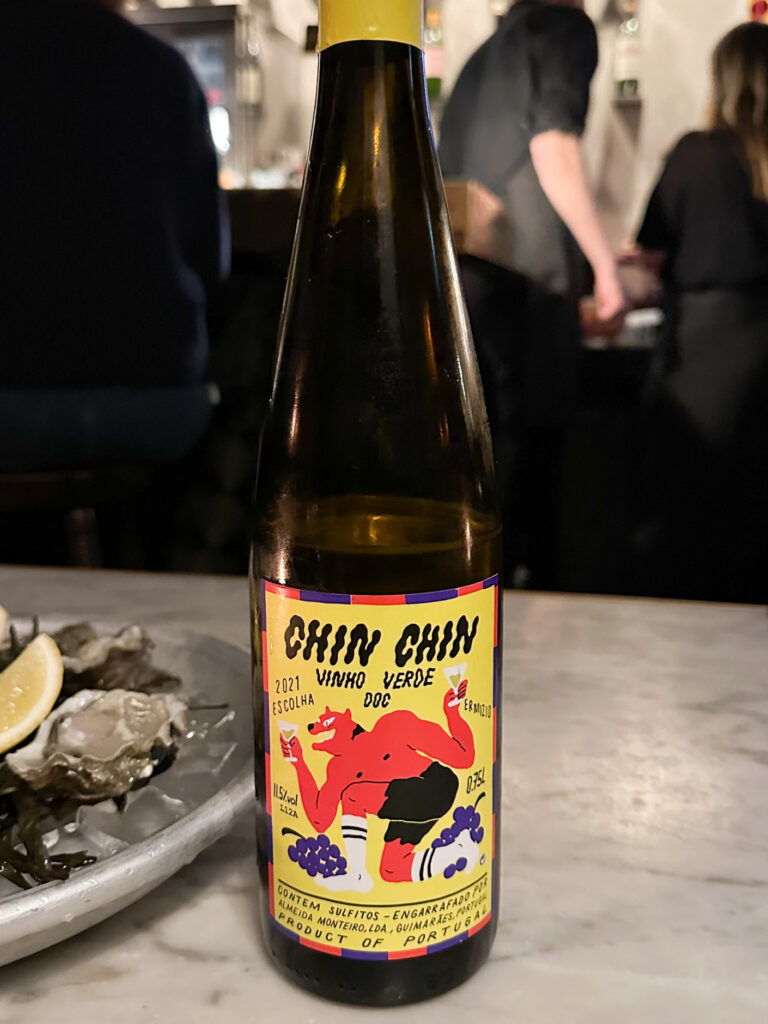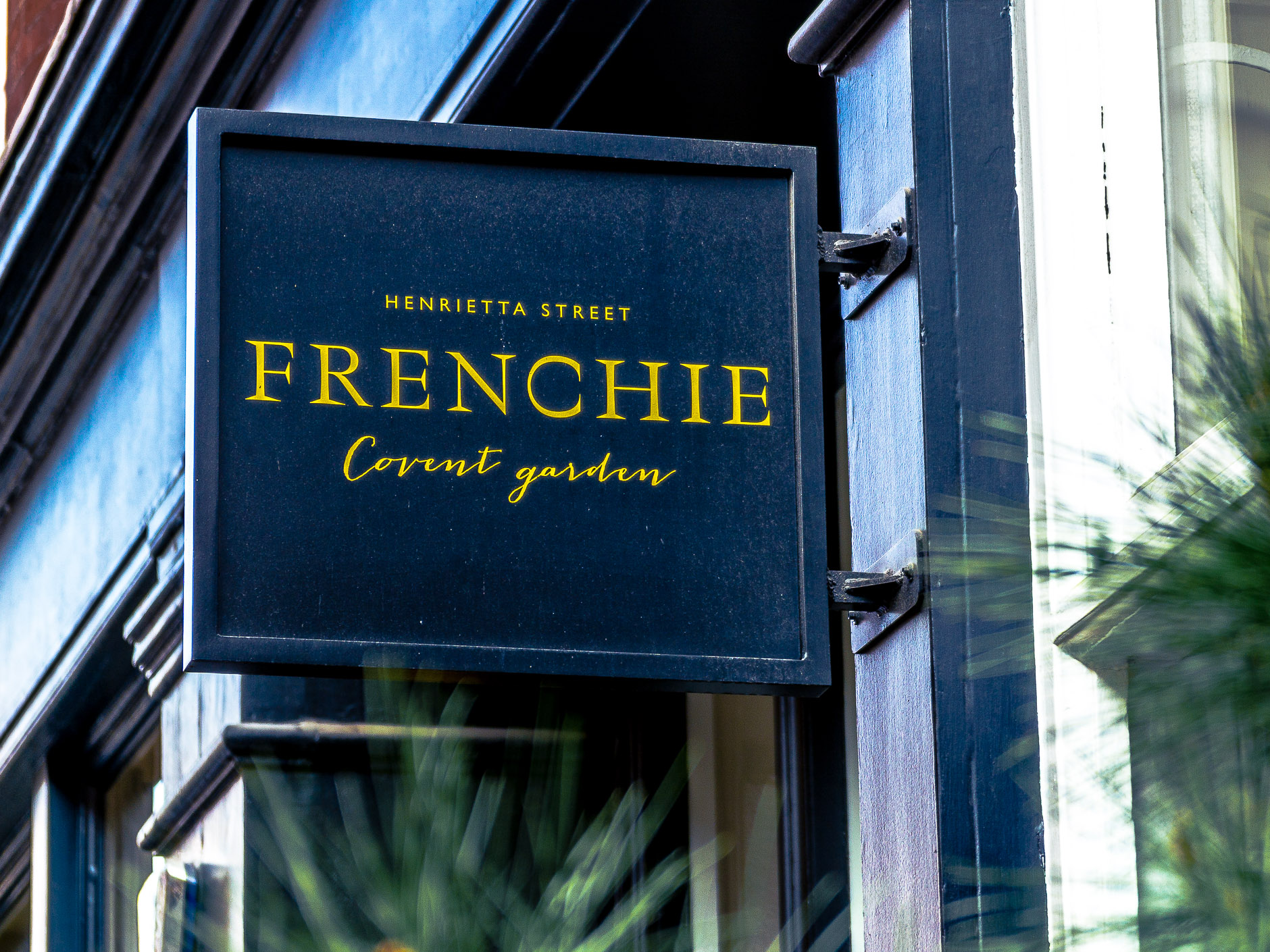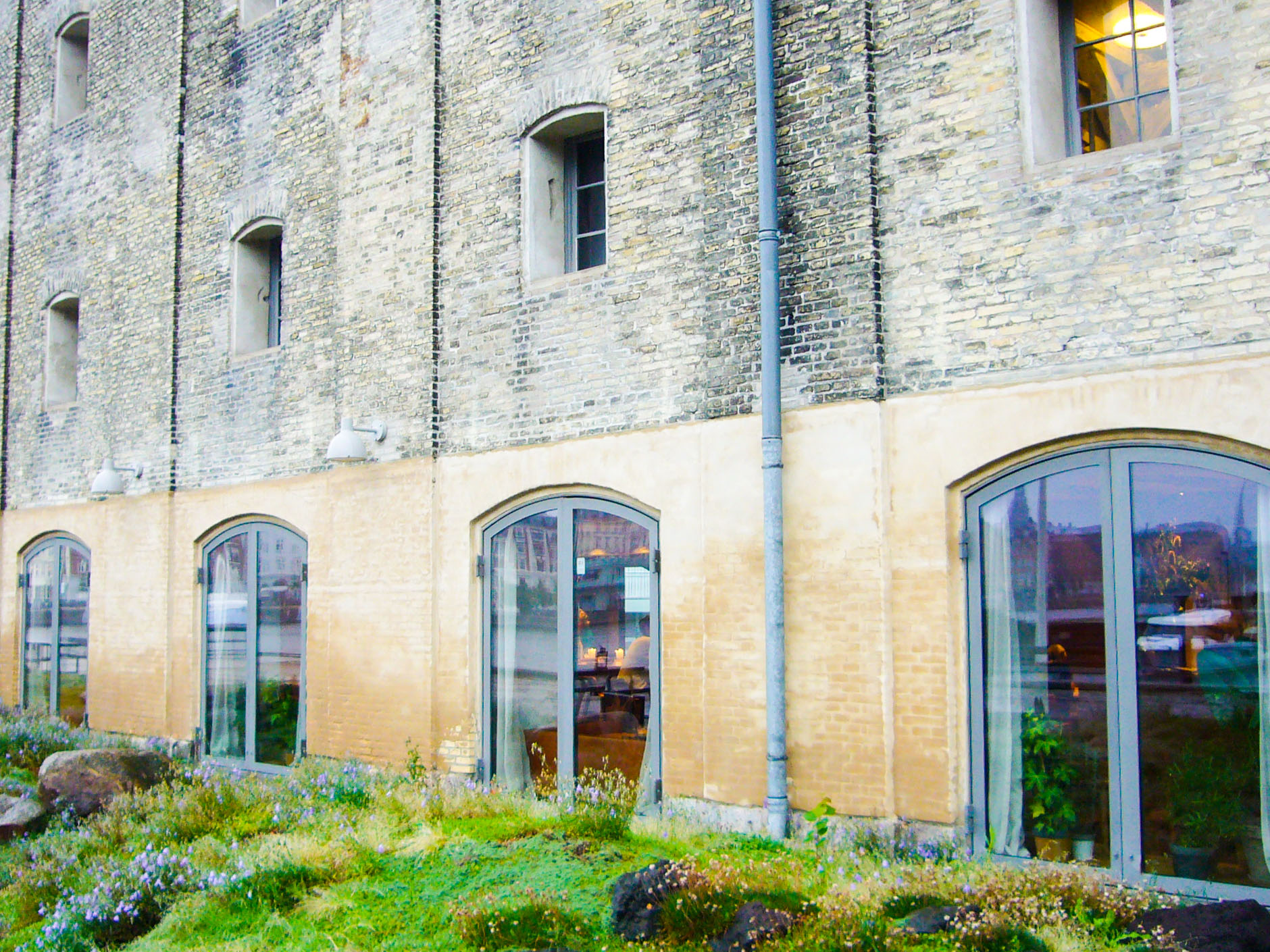There are few moments more intimidating than your boss putting you in charge of ordering the wine at the Christmas work do. Somehow you became the team’s connoisseur simply because you ordered a lukewarm Picpoul last year. Your colleagues’ judging eyes are all on you as you make a decision, but you feel exposed as a con. Tiny violins play a sad tune and the lachrymose notes of trombones ensue.
Well, fear not. All you really need is a good, affordable bottle to go with your overpriced slivers of Ortiz anchovies. From a restaurant’s point of view, house wine should be ordered and consumed at large; it’s not something just to deglaze pans and shouldn’t drive the business into insolvency. Likewise, for you, house wine might be the conversation starter, but its main purpose is to elevate what’s on your plate, enhance your enjoyment of the evening and catalyse laughter in good company.
When it comes to white in particular there are some simple rules: keep it crisp, cold and invigorating. Offering a competitive starting price at the top of the wine list, whilst charging the standard industry markup of 70%, is a task taken seriously. This is why you should generally have confidence in a quaffable and affordable wine; let other tables sneer if they must.
So here are some tips on how to bag a bargain, and the wait for the bill won’t leave you clenching like Theresa May’s spokesman at her disastrous 2017 conference.
German Rieslings et al
No wine should give you heartburn halfway through the bottle or leave you empty-pocketed. German whites held this reputation for decades, but it came from the loudest of voices who looked no further than Blue Nun. Instead, look for an off-dry Kabinett, not least for its freshness and affordability. They are favoured in the industry and greatly appreciated by diners as they can be paired with just about anything. It’s like using the same knife to butter toast, slice nectarines and peel lemons. Dare to explore; it’s worth asking for Auslese, too. Yes, there’s a touch of sugar, but this will allow for pairing even with the most exuberant of dishes, such as Asian fusion, and it will even withstand a rainstorm of Szechuan peppercorns. It will punch way above its value and tell a story of the terroir on which the grapes lived happily. And do seek its distant sibling from Austria, Grüner Veltliner — medium-bodied, amicable and generally affordable.
Alternatively, look out for wines from the Alsace region — that vertical strip on the map, embracing the best of France and Germany (here you might order anything from Pinot Blanc to Muscat— these are named after the grape variety itself). And Gewürztraminer is worth seeking: a pungent but dry white, with its strong aromas of rose petals and, often, tropical fruit.
The only caution here is the ease at which you’ll drink it (though it’s essentially an elixir of life at such a low ABV), and the inability to pronounce some of the offerings – Trockenbeerenauslese, anyone?
Vinho Verde and beyond
If it’s good enough for royalty, it’s good enough for an impromptu Tuesday supper, and it’s hard to beat. Though it’s perfect for a hot summer’s day, with a touch of spritz, I am perfectly happy to sip it on a cold February afternoon, admiring its citrus and floral scent.
And what is often overlooked is the ethereal landscape of Northern Spain. No successful pintxo bar crawl in the Basque region has ever been completed without copious amounts of Txakoli, with its almost electrifying nose and a hint of effervescence, all melded with a herby arabesque. Alternatively, skip over to the land of Albariño in north-western Galicia. It’s a bottled promise of mineral-rich saline air seeping out of the deep gold nectar, which most restaurants tend to deliver at a competitive price.
Greek gems
Smoky Assyrtiko and mineral-heavy Malagousia are the duo fit for Dionysus, who would likely appreciate their exceedingly good value. Whether you’re sunburnt in Santorini or soaked in Soho, you will appreciate the zesty, seaweed-salty character and orange blossom aromas. Assyrtiko is the perfect marriage of minerals and citrus; it owes much of this to the treacle-black volcanic soil of Santorini and lots of sunshine. It’s wonderfully versatile and clings onto its chiselled acidity with most foods. In recent times it’s been featuring heavily around the top-middle of most wine lists.
Beaujolais
No, wait, come back! Yes, back in the 80s its tasting notes were of gummy bears and toothpaste (due to carbonic maceration) but this century has seen many crowd-pleasers, and as the wines are drunk young, they’re excellent value. Even the very top Cru Beaujolais winemakers from Morgon and Fleurie won’t break the bank, and with relatively low tannins (oh, that mouth-puckering zing!) and low ABV they will pair with many dishes.
In defence of Dolcetto
Rejoice at the second coming of some abandoned varieties, offering excellent value. Look for the “little sweet one” i.e. Dolcetto from Piedmont in the North, or head to Sicily and you won’t be disappointed with anything from Etna (may I suggest a medium-bodied Nerello Mascalese). Or, for some more warming spice, go for Frappato. And of course, a much bolder Nero d’Avola can do a great job of pretending to be Pinot Noir or Syrah from California.
Finally, if the restaurant uses the Coravin system, it’s a roulette of ‘by the glass’ options, a wine journey in technicolour; there will likely be a sommelier who can help you navigate the experience.
My top three pours in London:
Txakoli Bidaia 2021, £8 125ml (Barrafina, W1)
Vinho Verde, 2021 £8.5 125ml (Coal Office, N1C)
Diemersdal 2019, £10.8 175ml (The Pig and Butcher, N1)
March 2023
Cover photo licensed by Adobe. All other photos by Milton Tomic.

